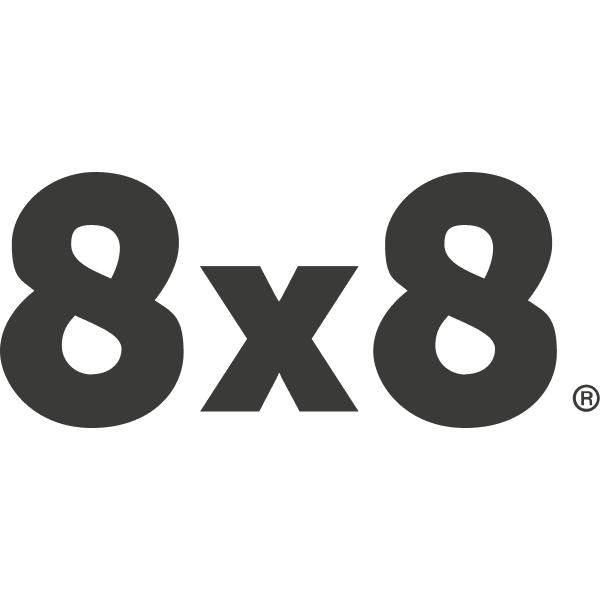6 Predictions for the Future of Work, HR and Communications

We’ve asked subject matter experts for their thoughts on what’s in store for the future of work, HR, and communications tools over the next year. They weigh in below with their top predictions:
1. Embedded communications experiences will come to the forefront.
As the distributed workforce continues to grow globally, traditional communications will evolve to become more tightly embedded within business work streams to better meet employee’s lifestyles and needs. Over the course of this year, we’ll see communications tools become integrated as features in workplace products, cutting into the market share from the main business communications players.
2. Automation will define the communications future.
As companies push forward with their digital transformation efforts, we anticipate a futuristic revival in traditional communication methods. Corporate communication channels are poised to seamlessly integrate with the workforce, creating a sci-fi-like experience. This evolution aligns with HRMantra's commitment to enhancing the overall employee communication landscape. Innovations within certain technologies such as natural language processing, artificial intelligence, augmented reality, robotic process automation, and 5G will drive more productivity and business continuity in the workforce by automating more menial tasks through tools such as digital assistants.
3. Those who can will leave their jobs over a forced commute.
As organizations continue to solidify their return to office plans, those that do not give their employees the flexibility to avoid their pre-pandemic commutes and work from anywhere at least some of the time will see workers leaving for employers that offer true flexibility when it comes to where and when employees can work. In a recent survey of US and UK workers, 64% of employees forced to return to the office full-time say this makes them more likely to look for a new job. Forty-one percent (41%) said the desire for flexibility to work from home is the top reason to change jobs.
4. Distributed teams will spur adoption of next-generation culture apps.
As more organizations adopt a hybrid work model with distributed workers and teams, they will embrace more tools for remote culture bonding rather than relying on video meetings to solve their wellness and culture challenges.
5. There will be a growing need for well-defined HR policies and procedures for the hybrid workplace.
HR professionals must collaborate with business leaders to provide much-needed guidelines around hybrid work rules, which will include developing distributed and uniform HR processes that give leaders the tools they need to manage talent while ensuring all employees are receiving the same support they were used to in more traditional, co-located operating models. There will also need to be greater clarity around performance standards company wide, as well as discussion around providing classic services - such as onboarding - in new, virtual or digital forms. HRIS software plays a crucial role in designing the policies for a hybrid workplace.
6. Talent acquisition will become tech-focused and a focal point of business operations.
Historically, talent acquisition has been a key contributor to business success while falling under the HR department or team. But over the next year and beyond, talent acquisition will become much more integrated into business operations as business leaders embrace talent management as an essential business process that impacts business continuity. With this shift, we anticipate the broad adoption of AI recruiting technologies, with companies turning to free HR software to streamline their hiring processes and enhance workforce planning.
Interested in seeing our predictions for the contact center? Read what the future holds in Contact Center Predictions for 2023 and Beyond.


